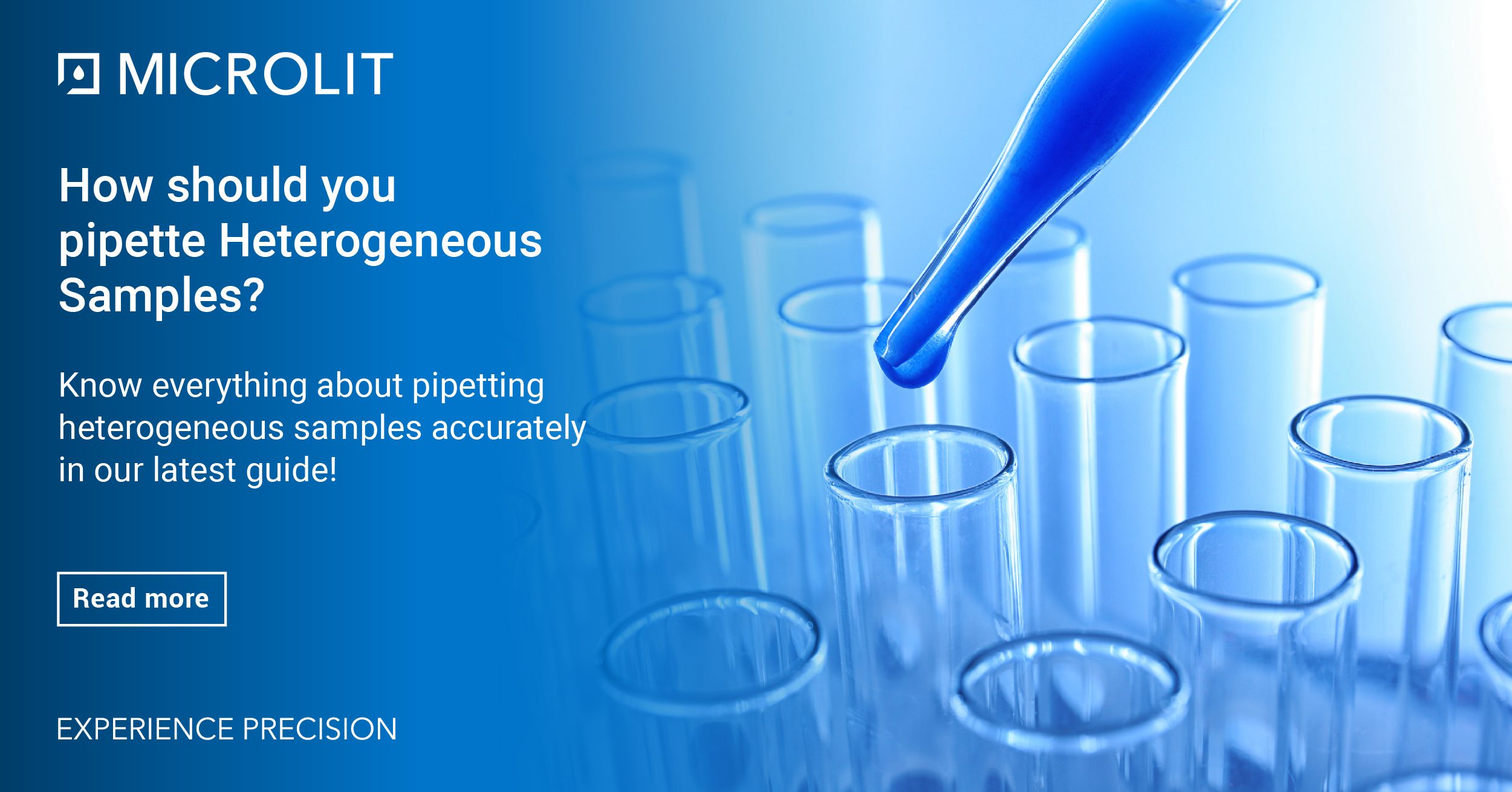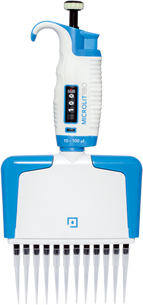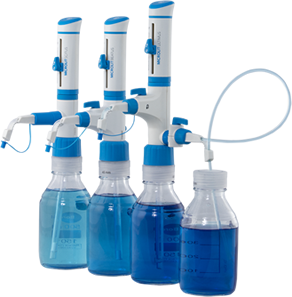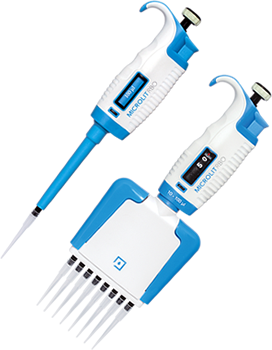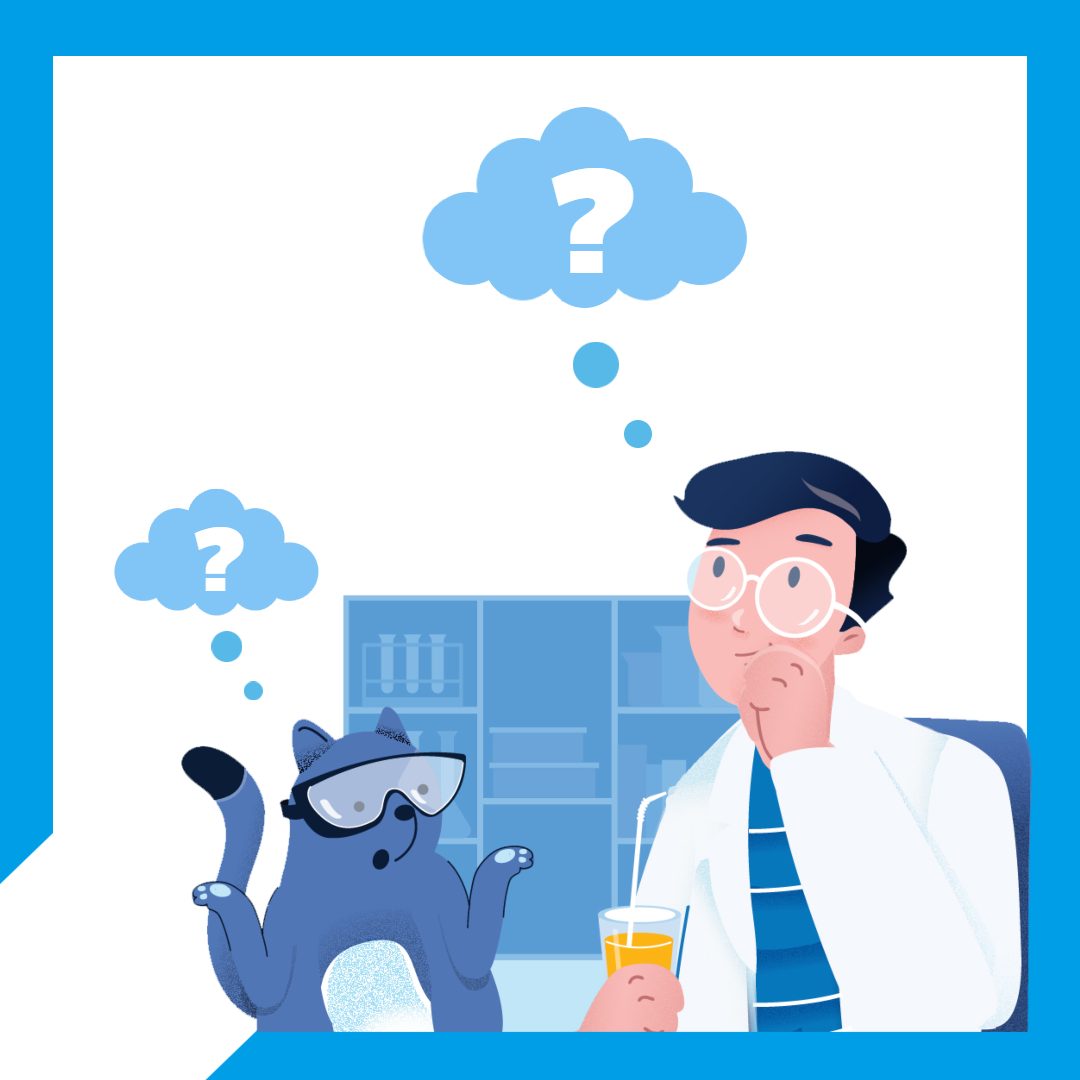What are Heterogeneous Samples?
A mixture is defined as a combination of two or more substances, which may or may not be chemically combined. A mixture can be either heterogeneous or homogeneous depending on the extent to which the substances are combined, as well as the uniformity of composition. A homogeneous mixture has a uniform appearance and composition. They are also generally known as ‘solutions’. In a homogeneous mixture, you can observe only one phase of matter. This means that one doesn’t see solid, liquid and gas separately at a time in a homogeneous mixture. Further, it’s not possible to isolate its components using simple mechanical methods.
On the other hand, heterogeneous mixtures comprise of visibly different phases as the components are not uniformly combined. If you pick out different samples from a heterogeneous mixture, they may not be identical to one another. The components can be of the same state (solid, liquid and gas), but one can identify a part having different properties from another part.
For example, air is a homogeneous mixture of oxygen, nitrogen and other types of gases existing uniformly in the atmosphere. Other examples include soft drinks, alloys like brass and bronze. Examples of heterogenous mixtures include vegetable soup, blood and soil[GS1] [GS2] [GS3] .
How to Pipette Heterogeneous Samples Accurately
A plastic pipette tip is hydrophobic in nature. In order to properly dispense an accurate amount of reagent, the tips are to be pre-wetted. This happens through the process of aspirating (taking in) and expelling a small amount of the reagent 2-3 times before aspirating the required amount of the sample.
When pipetting water, it’s surface tension and viscosity are enough for holding it inside the pipette tip. However, liquids other than water are pipetted using different types of pipettes, tips and pipetting techniques.
The table presented below maps various types of solutions to the type of pipettes, pipette tips and pipetting techniques. One can adjust the type of pipette tip and pipetting technique while using air displacement pipettes or positive displacement pipettes to dispense highly viscous samples or heterogeneous liquids[GS4] .
| Solution/ Compound |
Examples | Pipette | Tip | Pipette Techniques | Comments |
| Aqueous solution | Buffers, diluted salt solutions | Air displacement | Standard | Forward | |
| Viscous solution | Protein and nucleic acid solutions, glycerol, Tween 20/40/60/80 | Air displacement, Positive displacement | Standard or wide orifice, Positive displacement | Reverse | Pipette slowly to avoid bubble formation. |
| Volatile compounds | Methanol, hexane | Air displacement, Positive displacement | Filter, Positive displacement | Reverse | Pipette rapidly to avoid evaporation. Carbon filter tips prevent vapor going into the pipette very effectively |
| Body fluids | Whole blood, serum | Air displacement | Standard or wide, orifice tip | Pipetting of heterogeneous samples | Residual liquid can be found on the outer surface of the tip. Wipe the tip against the edge of the vessel to remove this liquid before dispensing. |
| Nucleotide solutions | Genomic DNA, PCR products | Air displacement, Positive displacement | Filter or wide orifice, Positive displacement | Forward | For genomic DNA wide orifice tips can be used to eliminate mechanical shearing. |
| Radioactive compounds | Carbonate, H-thy-midine | Air displacement, Positive displacement | Filter, Positive displacement | Forward | |
| Acid/alkalis | H2SO4, HCI, NaOH | Air displacement | Filter | Forward | |
| Toxic samples | Buffers, diluted salt solutions | Air displacement, Positive displacement | Filter, Positive displacement | Forward or reverse |
There are four commonly used pipetting techniques:
- Forward Pipetting: This is the most popular pipetting technique, which is used for dispensing aqueous solutions such as dilute buffers, diluted acids and alkalis. However, this method is not suitable for dispensing viscous liquids.
- Reverse Pipetting: This technique is used to dispense viscous solutions and high-protein liquids as it prevents formation of bubbles.
- Repetitive Pipetting: This method is just a variation of reverse pipetting involving repeated pipetting of the same liquid volume.
- Heterogeneous Pipetting: This technique is used to dispense heterogeneous liquids, such as blood or serum as it is not possible to pre-rinse the tip and the complete sample needs to be dispensed for accurate analysis.
Heterogenous Pipetting Process
- Firstly, push the operating button to the first stop and dip the pipette tip into the liquid sample. You need to make sure that the tip is well below the liquid surface.
- Now, gradually release the button to the ready position, which will result in filling of the tip with the liquid sample. Then, take the tip out from the sample by gliding it gently along the wall of the container.
- Next, dip the pipette tip inside the target solution making sure that the tip is sufficiently below the liquid surface.
- Again, push the button to the first stop and gradually release to the ready position. Make sure that you do not withdraw the tip from the liquid.
- You need to repeat this process until the inside of the pipette tip is clear.
- Now, withdraw the pipette tip from the solution by gliding it along the wall of the container. Push the button to the second stop and drain the tip completely. Then, release the button to the ready position.
Why choose Microlit micropipettes for dispensing heterogenous samples?
Microlit micropipettes are highly adjustable air displacement pipettes, which makes them ideal for dispensing heterogeneous samples. In addition, the pipettes feature a Universal Tipcone that allows for a standard detachable / disposable tip as per the user requirement. This implies that one can easily use a wide orifice tip, which is usually suitable for heterogeneous samples.
In addition, the micropipettes are calibrated in an ISO 17025 accredited laboratory according to ISO 8655 standards. This renders Microlit micropipettes to be extremely precise and ergonomic, that ensure a user-friendly and accurate pipetting experience in practical laboratory environments.
To know more about Microlit products and how they can improve your productivity levels, no matter which industry you are a part of, click here.






 9017
9017